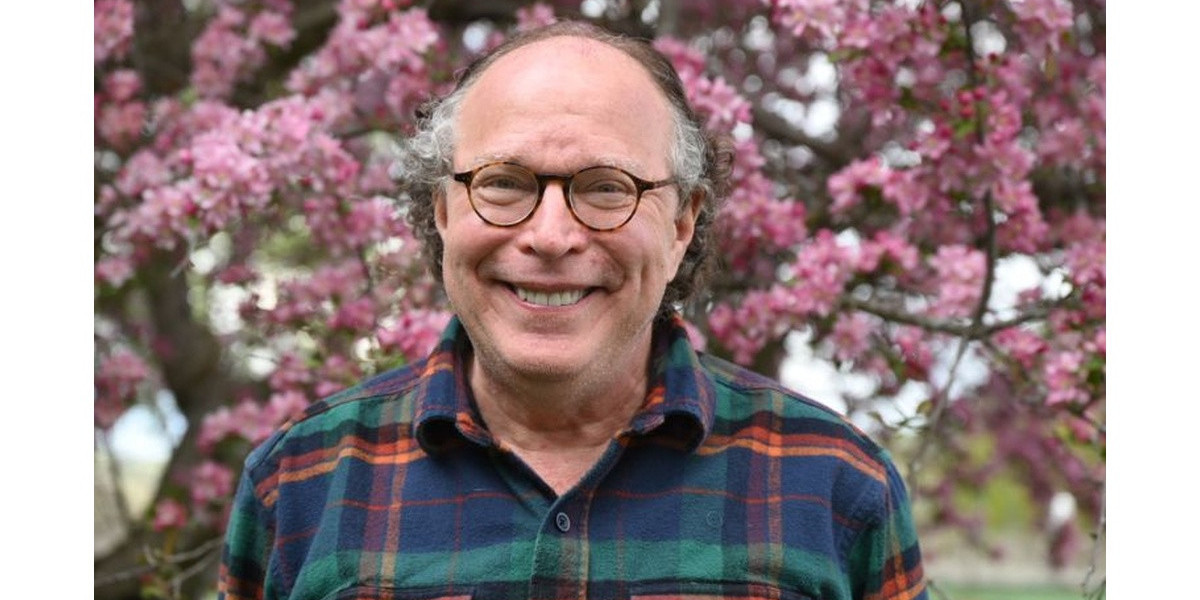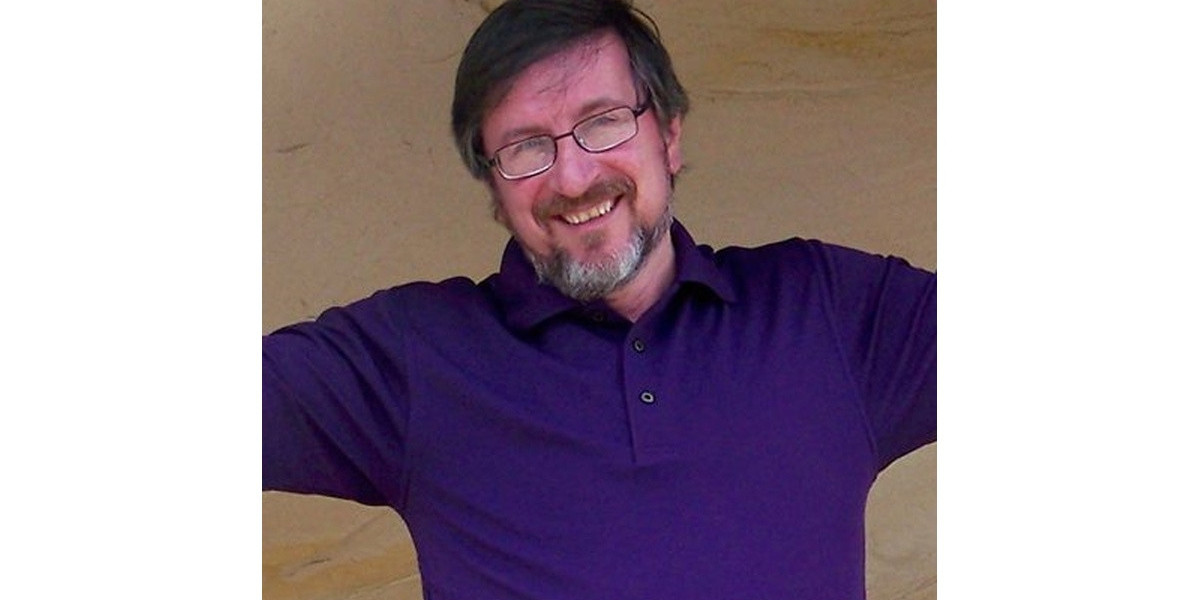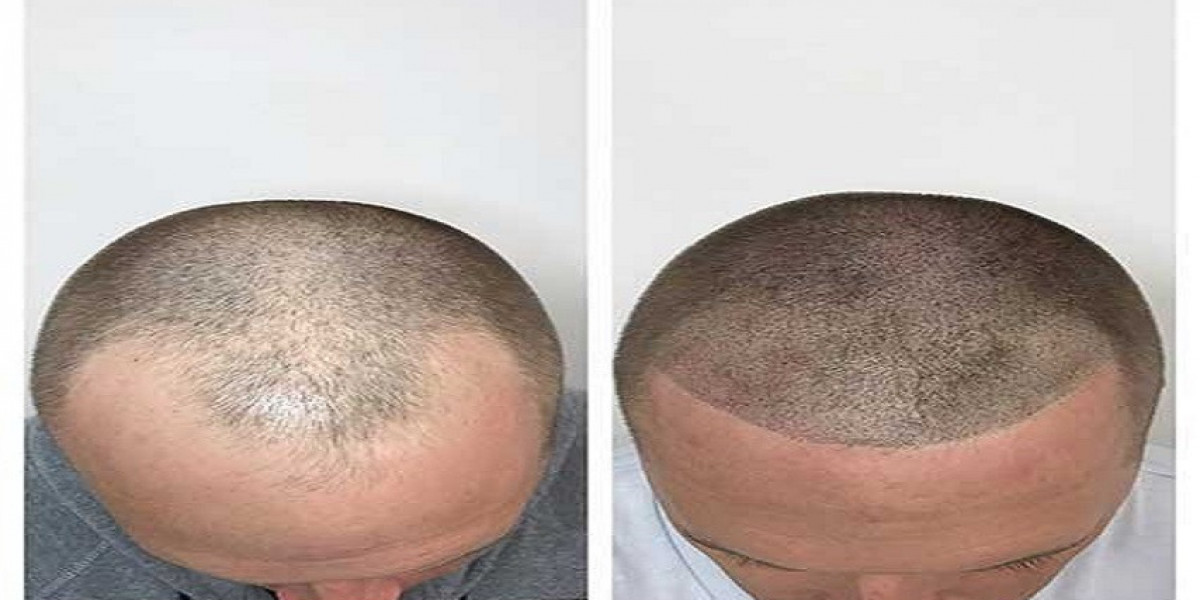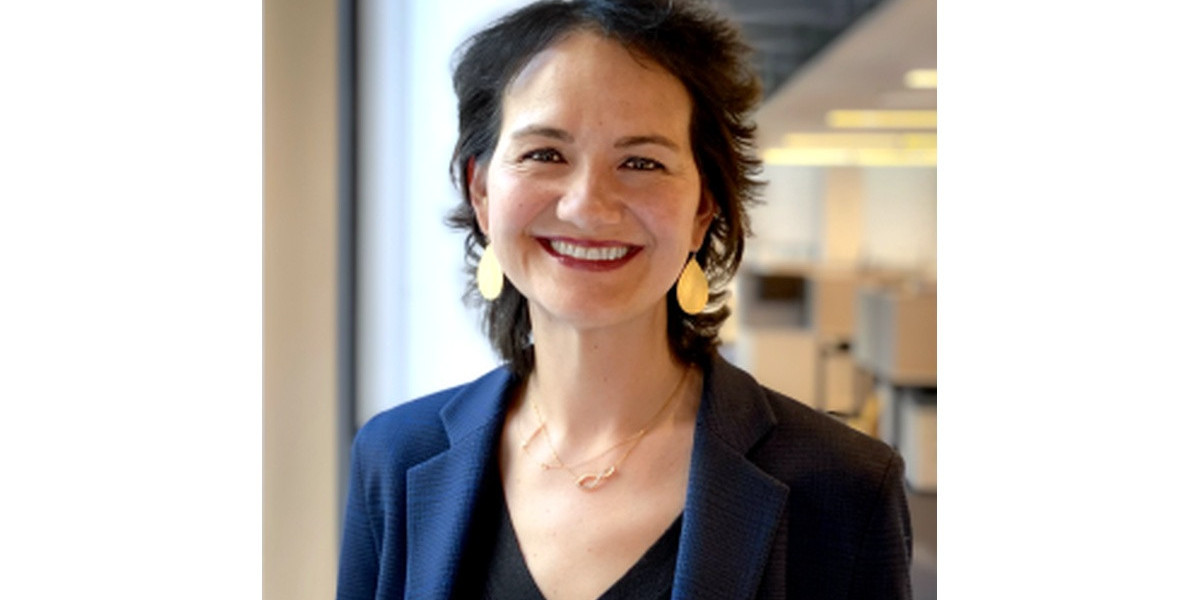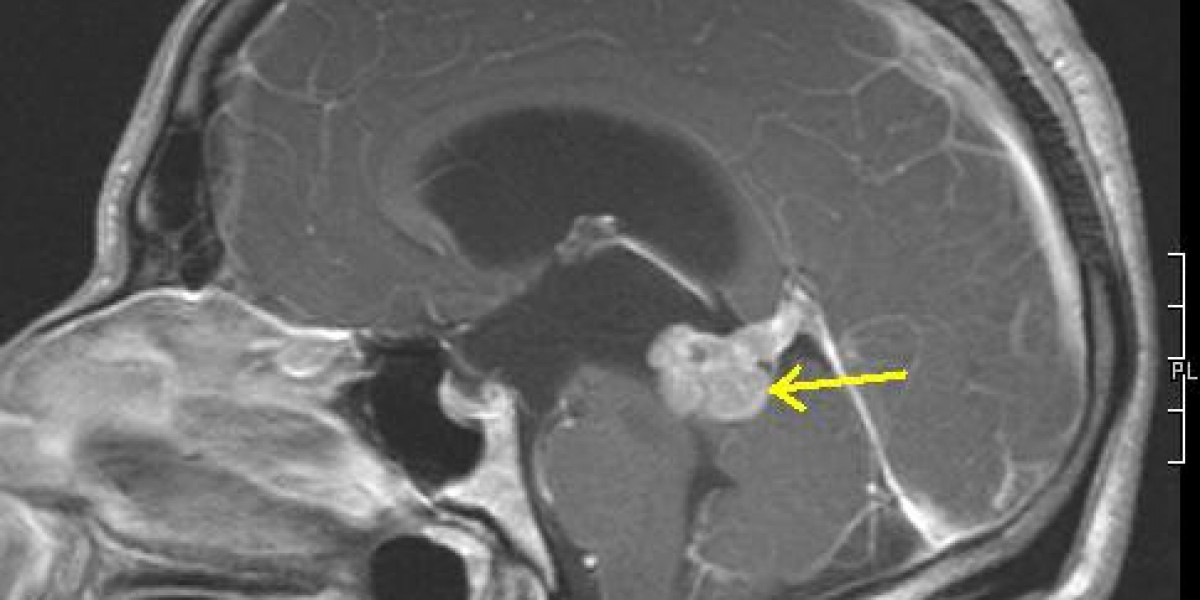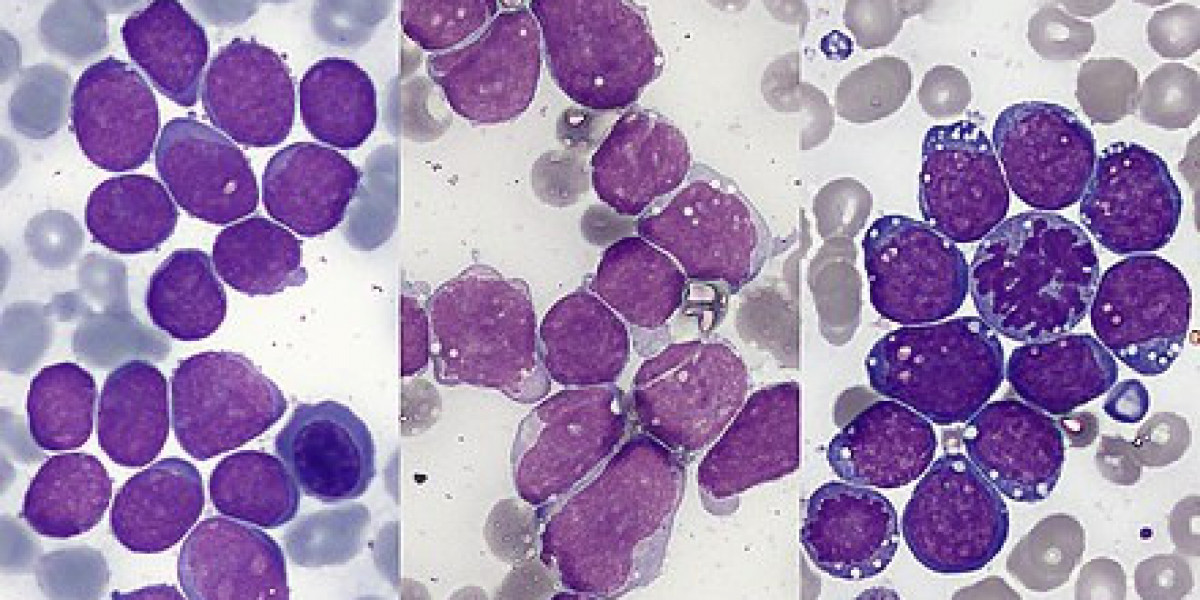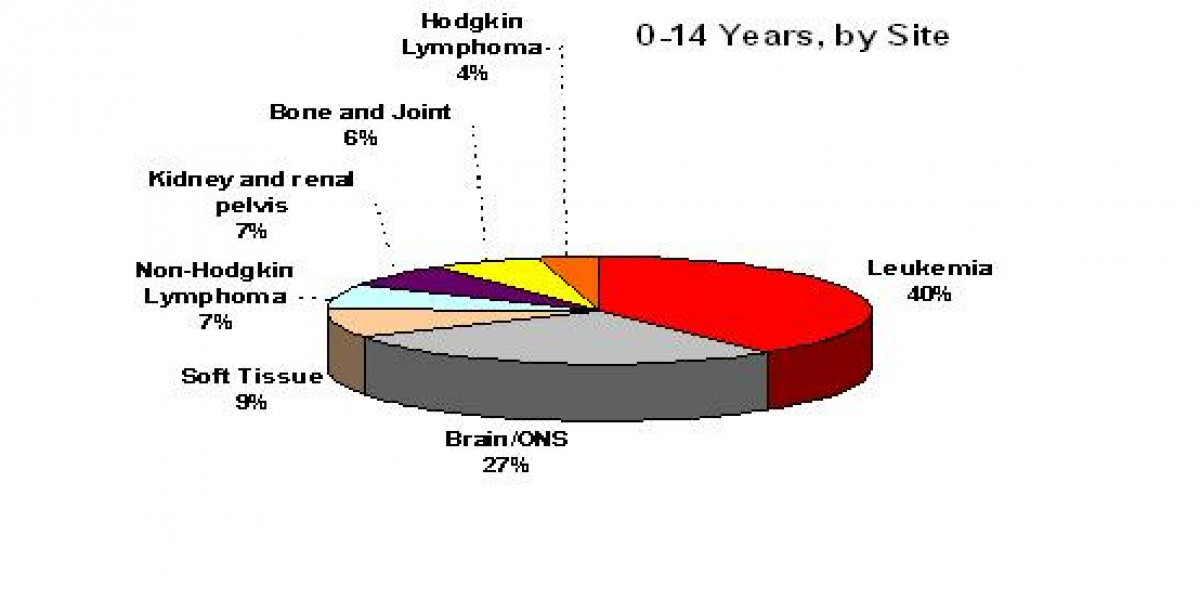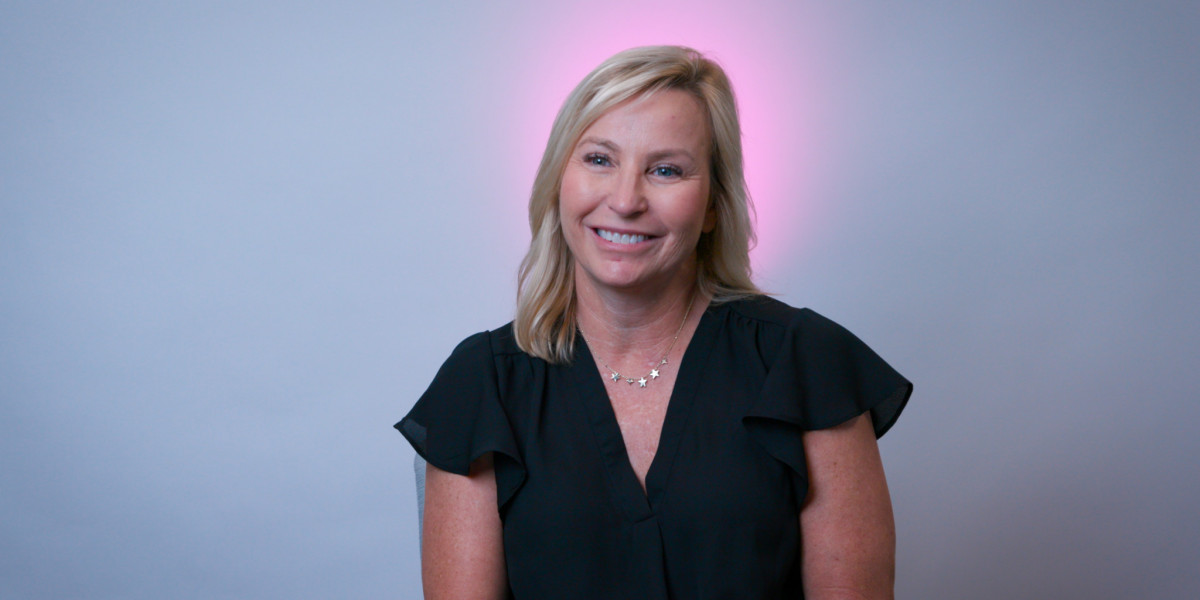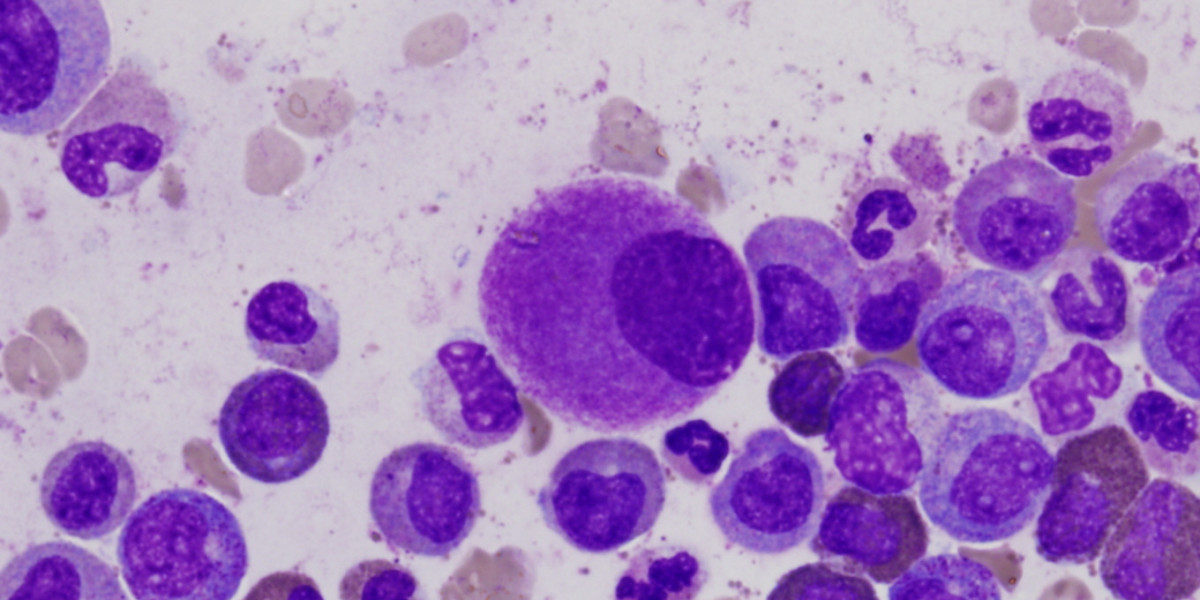Blogs>Making the most of cancer: My journey from diagnosis to advocate
Experiences with breast and prostate cancer, an unexpected discovery of a CHEK2mutation, and whatgenetic testingmeans for cancer care today
The day of mymastectomy– August 30, 1996 – divides my life into two roughly equal halves: pre-cancer and post-cancer. Nearly thirty years later, I’ve transitioned from being one of the young pups in the cancer advocacy world into one of the older guys who’s been around the block a few times.
When I was diagnosed in 1996, it was a complete surprise. I first noticed a hard lump under my leftnipplebut wasn’t too concerned – until I experienced bleeding. That sent me to asurgeon, who performed abiopsyand confirmed I had breast cancer. Thepathology reportfrom themodified radical mastectomythat followed found a 1.8-centimetertumorwithmicrometastasisin onelymph node. At the time, I was staged as IIA, but under today’s guidelines, I’d be classified asstageIB.
Men with breast cancer routinely undergo genetic testing, but back then, that wasn’t common – especially in community hospital settings. I wasn’t tested, though I later assumed that I had aBRCA2mutation because of my Ashkenazi Jewish ancestry, my mother’s history of pancreatic cancer, and my relatively young age atdiagnosis– all associated with a BRCA2 mutation.
Fast forward 20 years: I was diagnosed with prostate cancer. This time, I underwent genetic testing, expecting to confirm a BRCA2 mutation. Instead, I learned I had a CHEK2 mutation, a DNA repairgeneassociated with an increased (but moderate) risk for cancer.
Knowing that I have this mutation doesn’t significantly change my risk for additional cancers or my surveillance, but with limited studies and data, it is difficult to confirm. To further complicate matters, there are different variants of the CHEK2 mutation, and what’s true for one variant may not apply to other variants.
Although the uncertainties regarding mutations like CHEK2 are frustrating, knowing that I have it is important because it may affect treatment decisions in the future. Even if the information is incomplete, it contributes to an understanding of my biology and my cancer.
Having had both breast cancer and prostate cancer, I can’t help but compare the two of them. They are biologically similar in many ways; however, prostate cancer seems many years behind breast cancer in terms of research and targeted treatments.
It’s rare to see breast cancer and prostate cancer discussed in the same room or even at the same conference. What could we learn if researchers and advocates broke out of these disease-specific silos? The cross-pollination of ideas could lead to better treatments for everyone.
My advocacy began the moment I was diagnosed. At first, my focus wasmale breast cancer. I made it a point to show up at breast cancer conferences, races, and walks to remind everyone that men get breast cancer, too. I wanted to be – quite literally – a face at the table.
Within a couple of years, I realized that while men’s experiences with breast cancer have unique challenges, the disease is largely the same in all genders. I started advocating for everyone affected by breast cancer. To this day, I bristle a bit when someone assumes that every question I ask at a conference will be in reference to men with breast cancer. That’s not the case. I’m knowledgeable and advocate for everyone affected by breast cancer.
Most of my advocacy has been local. Through theCancer Resource Center of the Finger Lakes, I met with individuals who were newly diagnosed, helping them navigate the cancer world. As part of that work, I wrote a regular column for the local newspaper and those columns were compiled into a book,When Your Life is Touched by Cancer: Practical Advice for Patients, Professionals, and Those Who Care.
Although now retired from the Cancer Resource Center, I continue to facilitate a weekly breakfast club for men with all types of cancer. Now in its 15th year, . the group provides an opportunity to talk openly about what’s going on with their health. As one participant told me, “It’s the only group where I can describe everything that’s going on and not worry that I’m freaking people out. I don’t need to censor myself.”
In recent years, my attention has focused on the science of cancer, and in connecting scientists with the patient community. Although cancer is awful on a personal level, it’s intellectually fascinating and maddingly complex. I regularly serve on research review panels with scientists and other patient advocates. These panels help decide which proposals should be prioritized for funding.
When I began serving on these panels, I knew that the patient advocates were intimidated by the scientists. I was surprised to learn, however, that the scientists were just as afraid of the advocates. This realization prompted me to work with professors at nearby Cornell University tocreate a programdesigned to get the young researchers out of their labs to meet people personally affected by cancer. We wanted the students to understand cancer not just as cells in a lab, but as a disease that affects human lives.
What gives me the greatest pleasure is hearing from former students who have graduated from Cornell and want to establish similar programs at their new institutions. They know that their research is better when it incorporates the patient’s voice.
At this stage in my cancer advocacy, I feel like a professor emeritus. I enjoy thinking about the big picture of the cancer world, but I’m eager to share my wisdom with whoever wants it. I continue to talk with newly diagnosed patients and serve on research review committees.
Like so many others, I’m still at risk for a cancerrecurrenceor an entirely new cancer. Cancer has been a part of my life for nearly three decades. I’ve tried to make the most of it.
DISCLAIMER:
The views and opinions of our bloggers represent the views and opinions of the bloggers alone and not those of Living Beyond Breast Cancer. Also understand that Living Beyond Breast Cancer does not medically review any information or content contained on, or distributed through, its blog and therefore does not endorse the accuracy or reliability of any such information or content. Through our blog, we merely seek to give individuals creative freedom to tell their stories. It is not a substitute for professional counseling or medical advice.
Breast cancer statistics
Discover statistics to answer some of the most common questions and to present a general picture of what breast cancer in the U.S. looks like today.
Men with breast cancer
Women aren't the only ones who can develop breast cancer. Men are also at-risk. Find information related to men being diagnosed with breast cancer here.
Breast cancer in men: The basics
Although breast cancer is much less common in men than in women, there are still nearly 2,600 men diagnosed with breast cancer in the United States each year.
Genetics and male breast cancer
About 10% of men diagnosed with breast cancer have a breast cancer-related genetic mutation, most commonly in the BRCA1 or BRCA2 gene.
Treatment options for men
There is little research that is specifically about treating male breast cancer. Still, you can find comfort in knowing that male breast cancer seems to be well-managed by the therapies used for women with breast cancer.
Breast reconstruction for men
Most men with breast cancer have surgery of some type. Reconstruction, or reconstructive surgery, is surgery to make the area where a breast was removed look more like it did before.
Men’s fertility after male breast cancer
A breast cancer diagnosis doesn’t mean the end of a healthy sex life. If you are interested in having children, you may want to consider visiting a sperm bank before starting chemotherapy.
Sign up to receive emotional support, medical insight, personal stories, and more, delivered to your inbox weekly.
We'll send support straight to your inbox.
Bob Riter
Tagged:
Was this page helpful?
Living Beyond Breast Cancer is a national nonprofit organization that seeks to create a world that understands there is more than one way to have breast cancer. To fulfill its mission of providing trusted information and a community of support to those impacted by the disease, Living Beyond Breast Cancer offers on-demand emotional, practical, and evidence-based content. For over 30 years, the organization has remained committed to creating a culture of acceptance — where sharing the diversity of the lived experience of breast cancer fosters self-advocacy and hope. For more information,learn more about our programs and services.
Living Beyond Breast Cancer
40 Monument Road, Suite 104
Bala Cynwyd, PA 19004
©2025 Living Beyond Breast Cancer
Originally published on The Patient Story: https://www.lbbc.org/blog/making-the-most-of-cancer-my-journey-from-diagnosis-to-advocate
